
Start with seeds

Make paper pots (see above video) and fill them with potting mix.

Place each seed in a 1/2" to 1" deep hole in the potting mix. Cover gently with soil. Water daily and watch your plant grow!

See the seed sprouting (or germinating) out of the white outer seed coat.

The seed leaves (or cotyledon) rise out of the soil.

The first true leaves develop.

After two or three true leaves have grown, follow directions on Transplanting below.

The plant starts to flower.

Beans start to grow.

Harvest and enjoy!

Mature leaves harvested
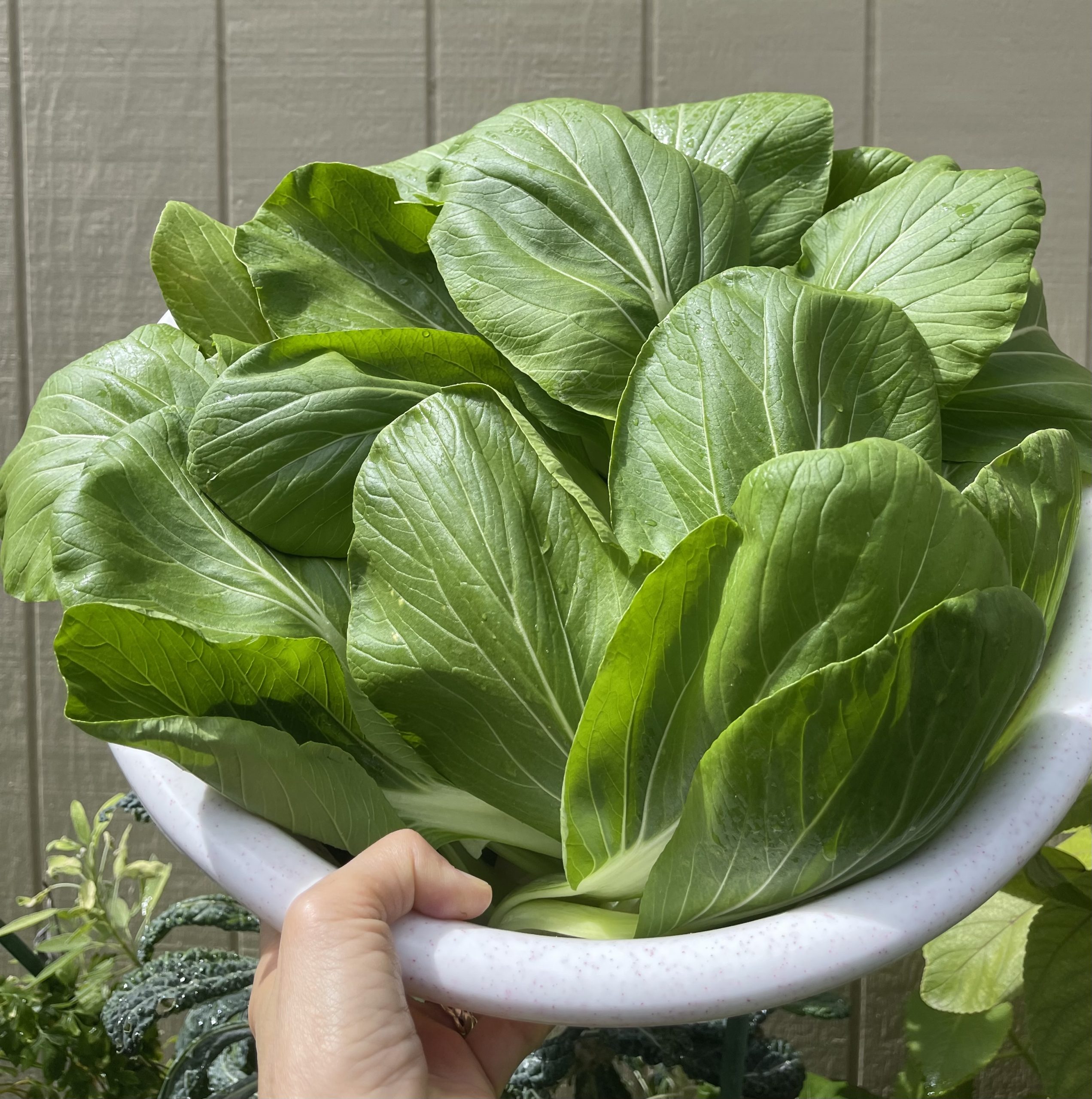
Mature leaves harvested
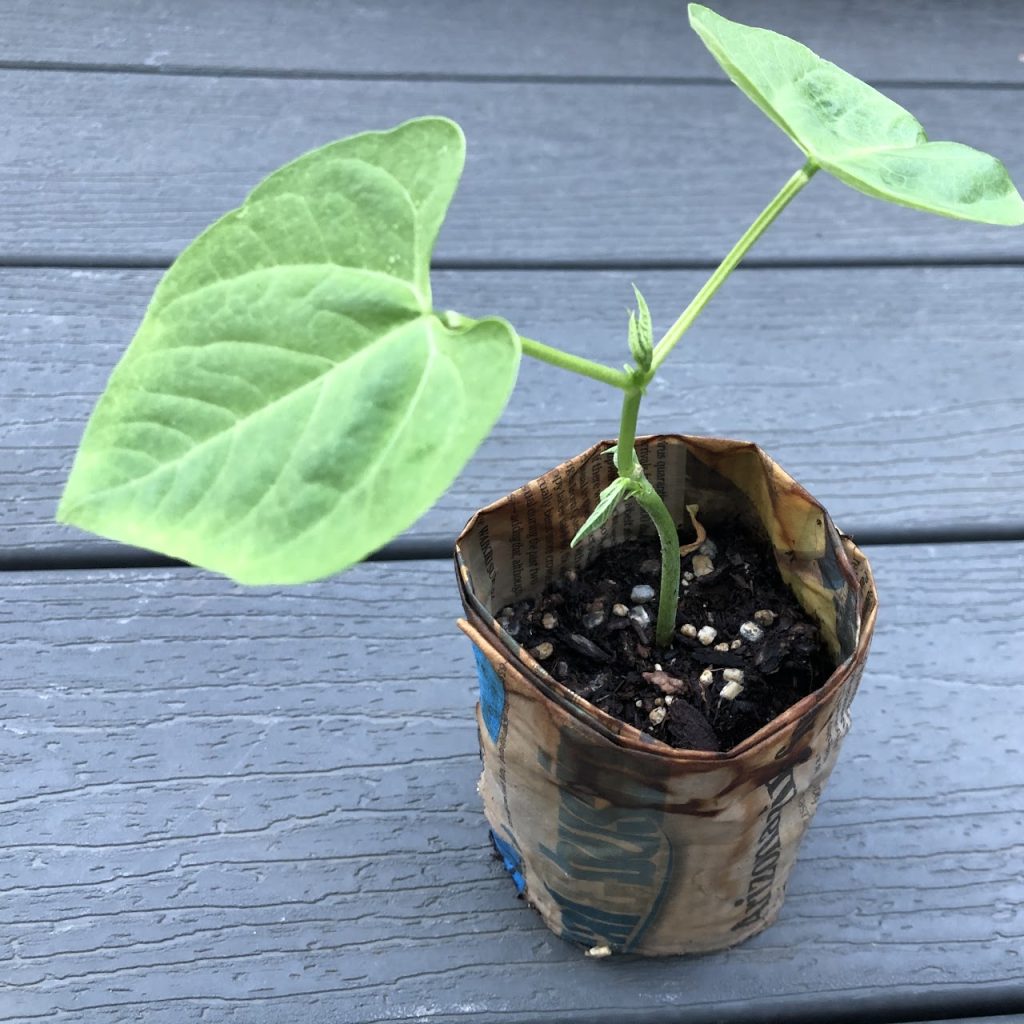
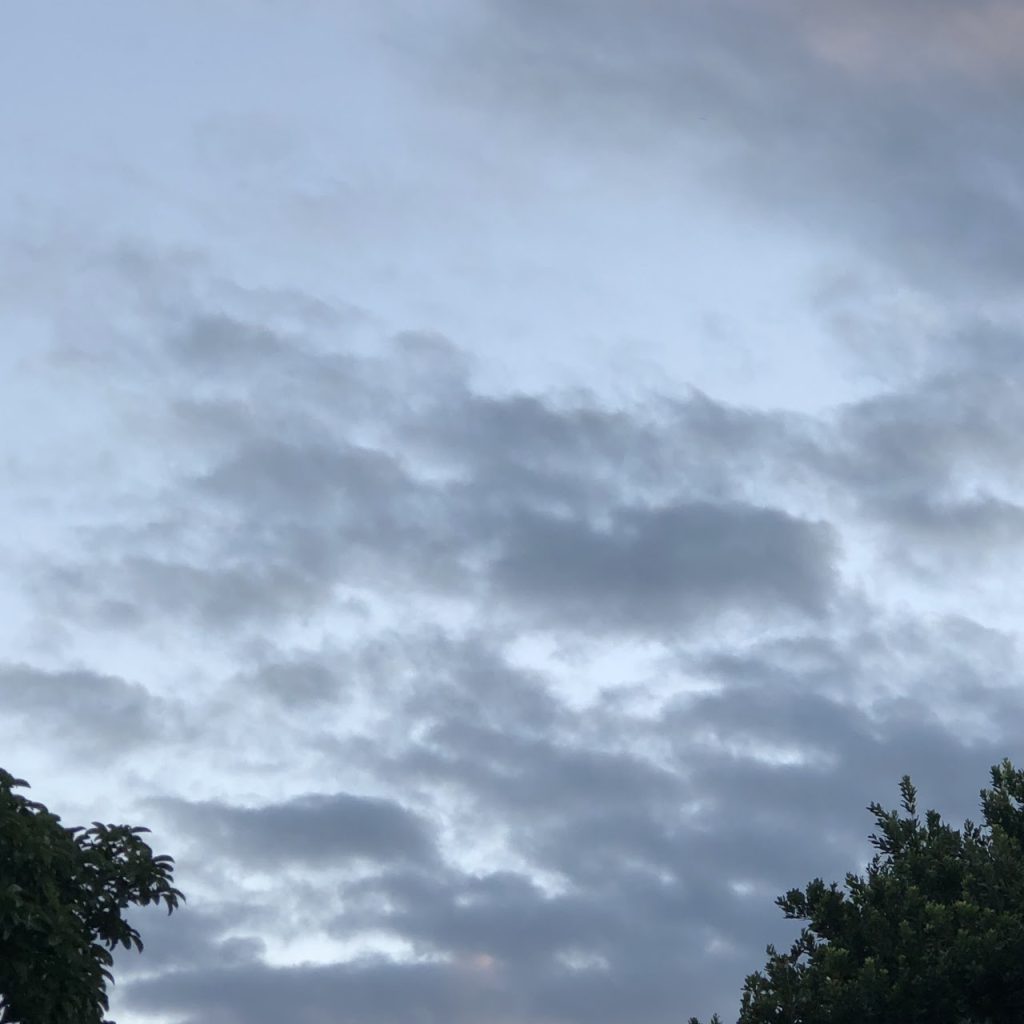
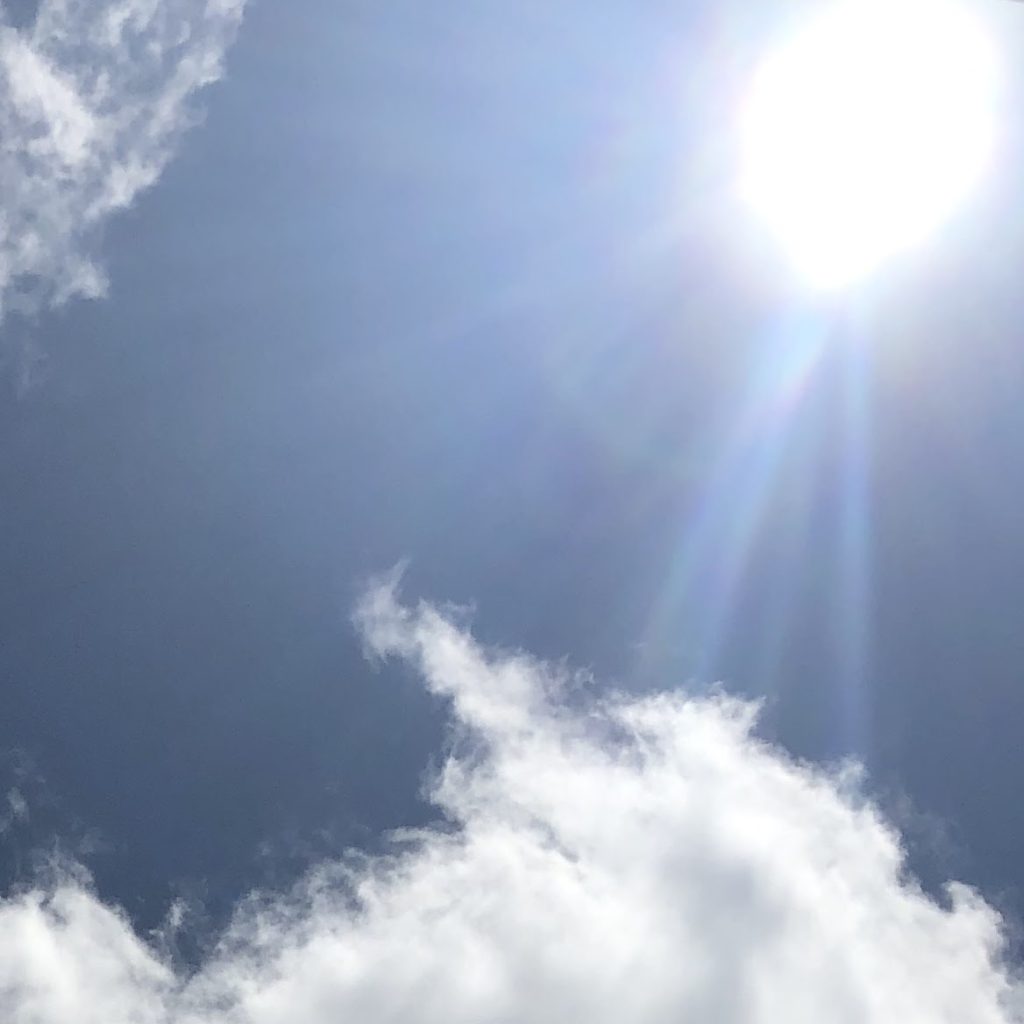
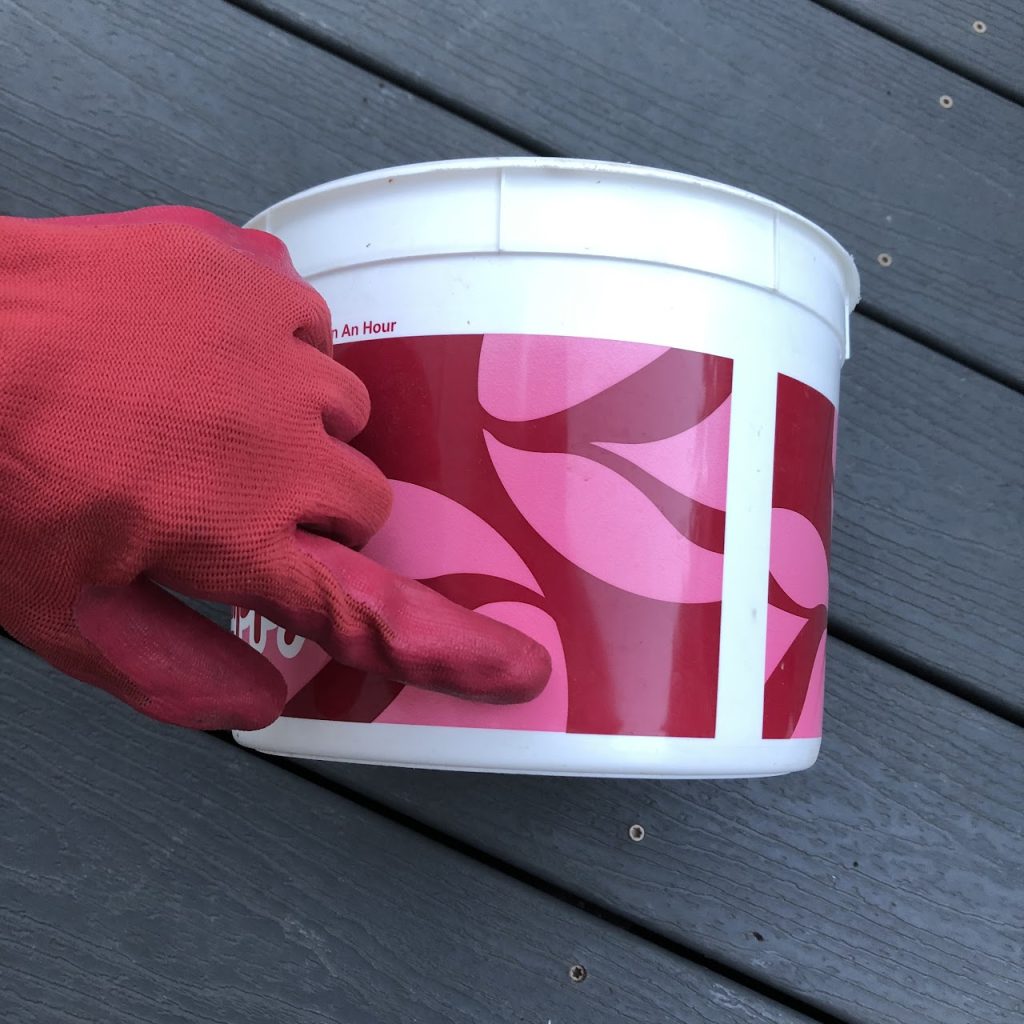
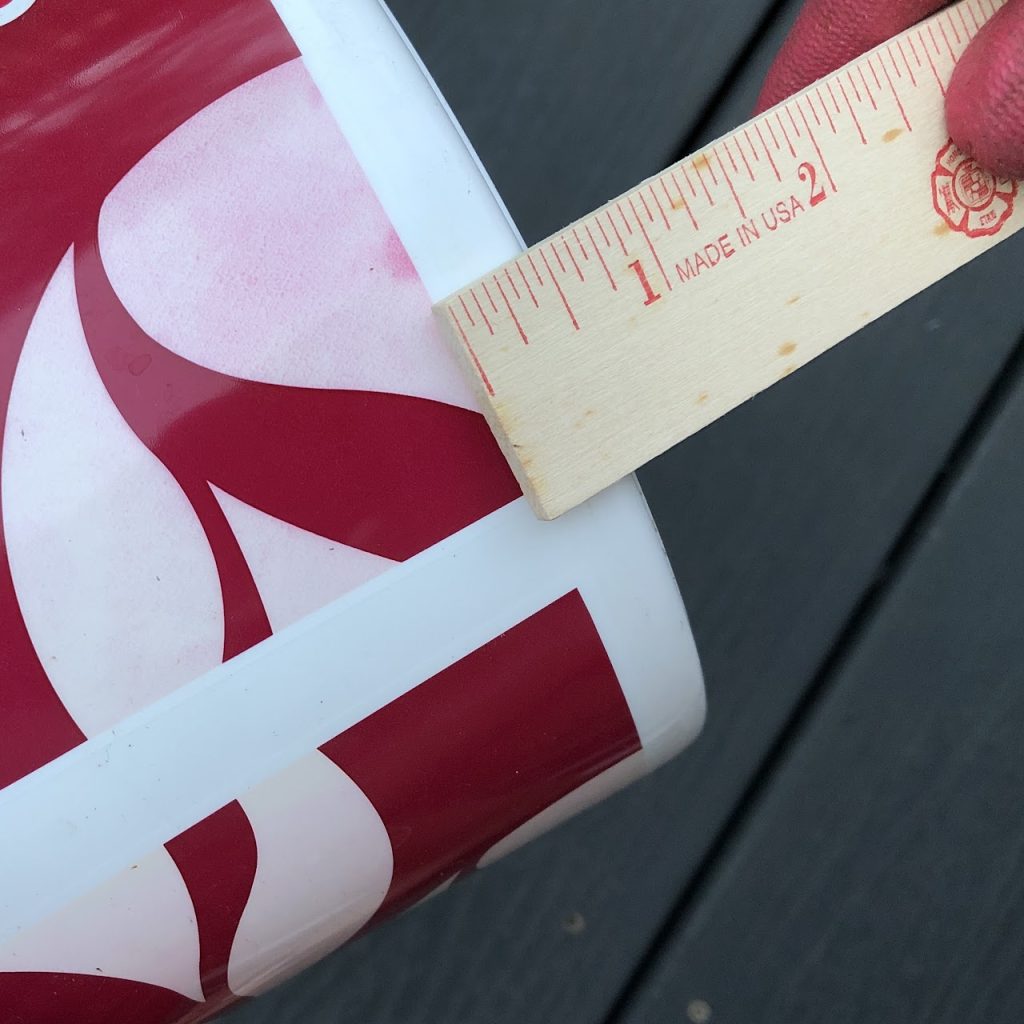
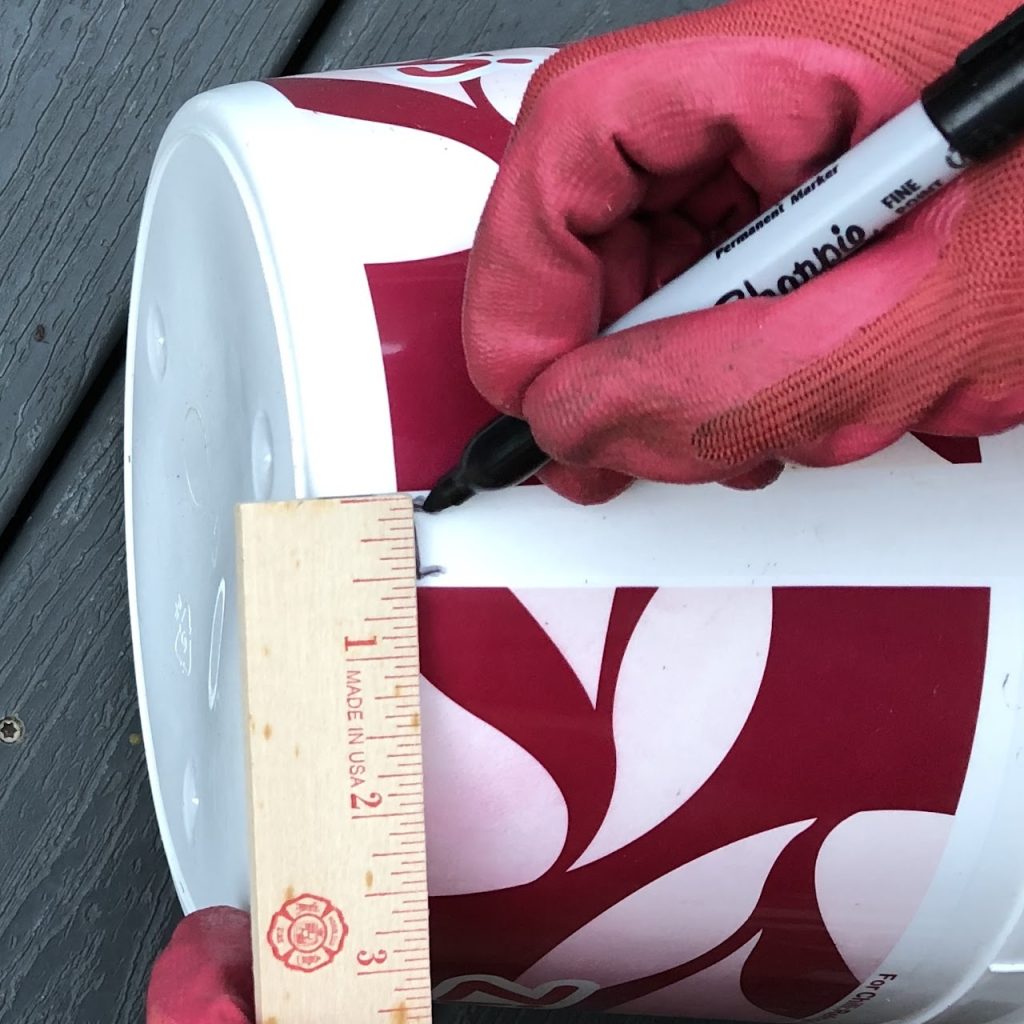
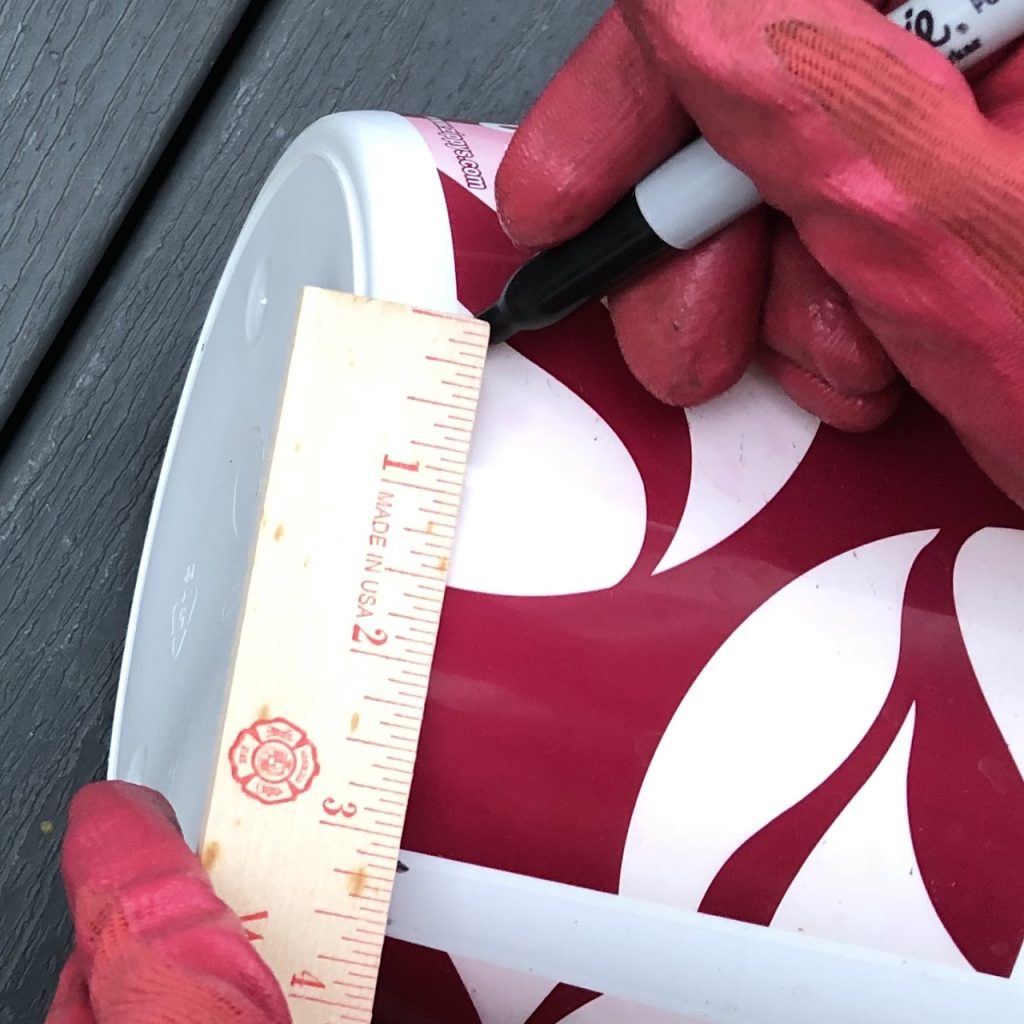
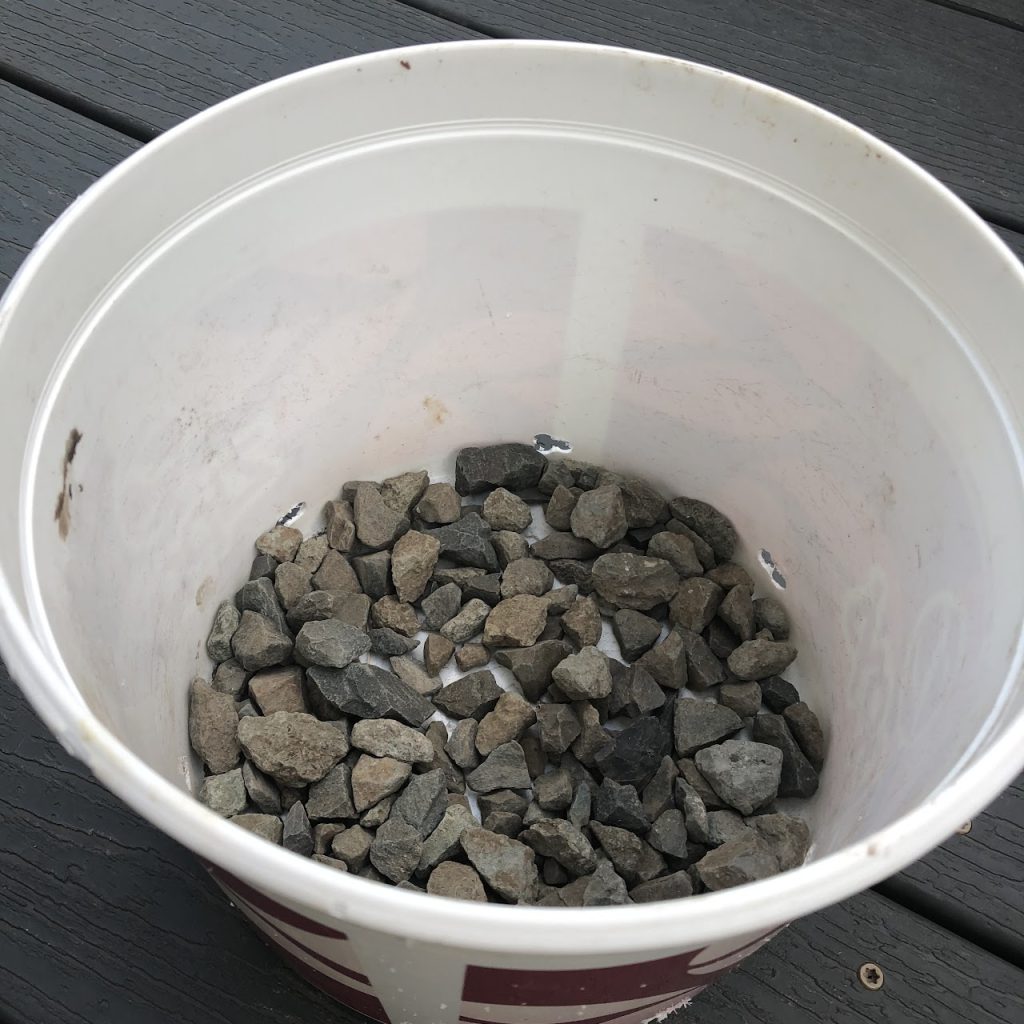

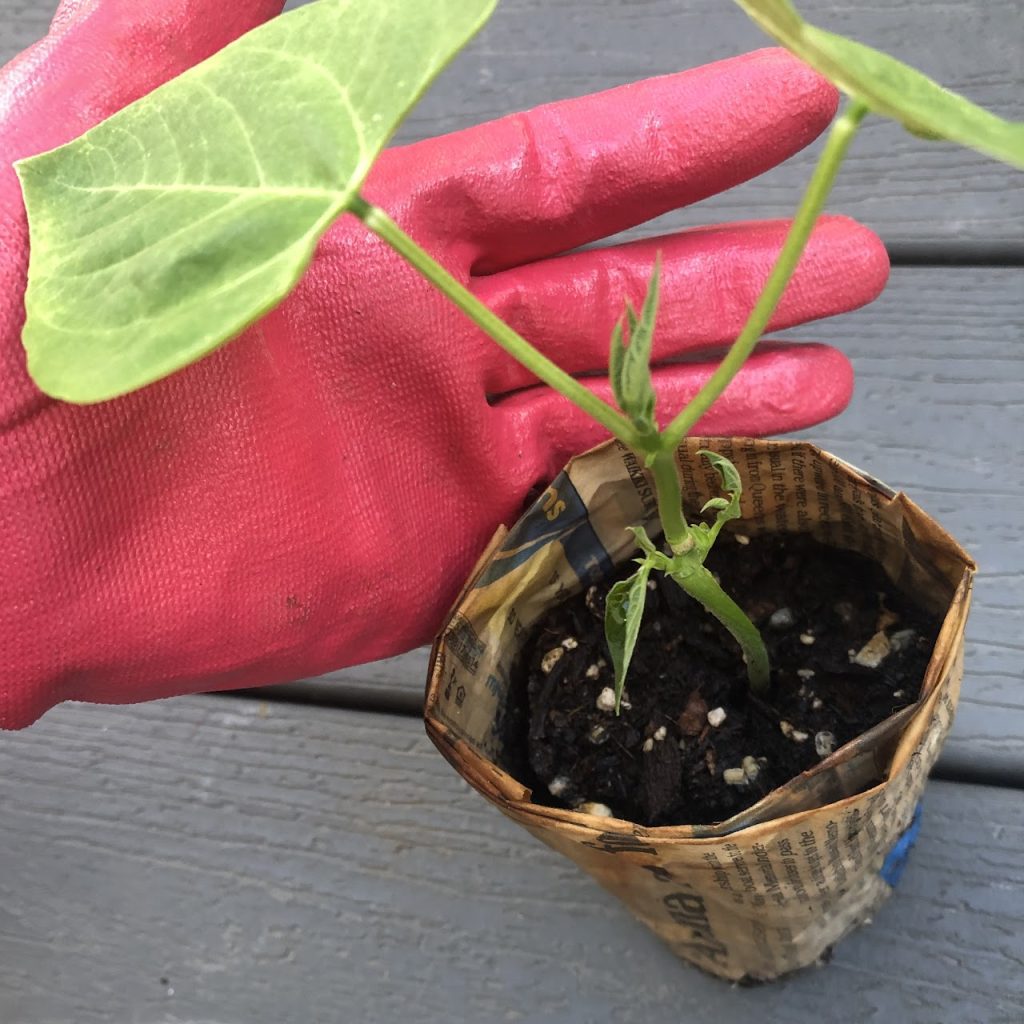

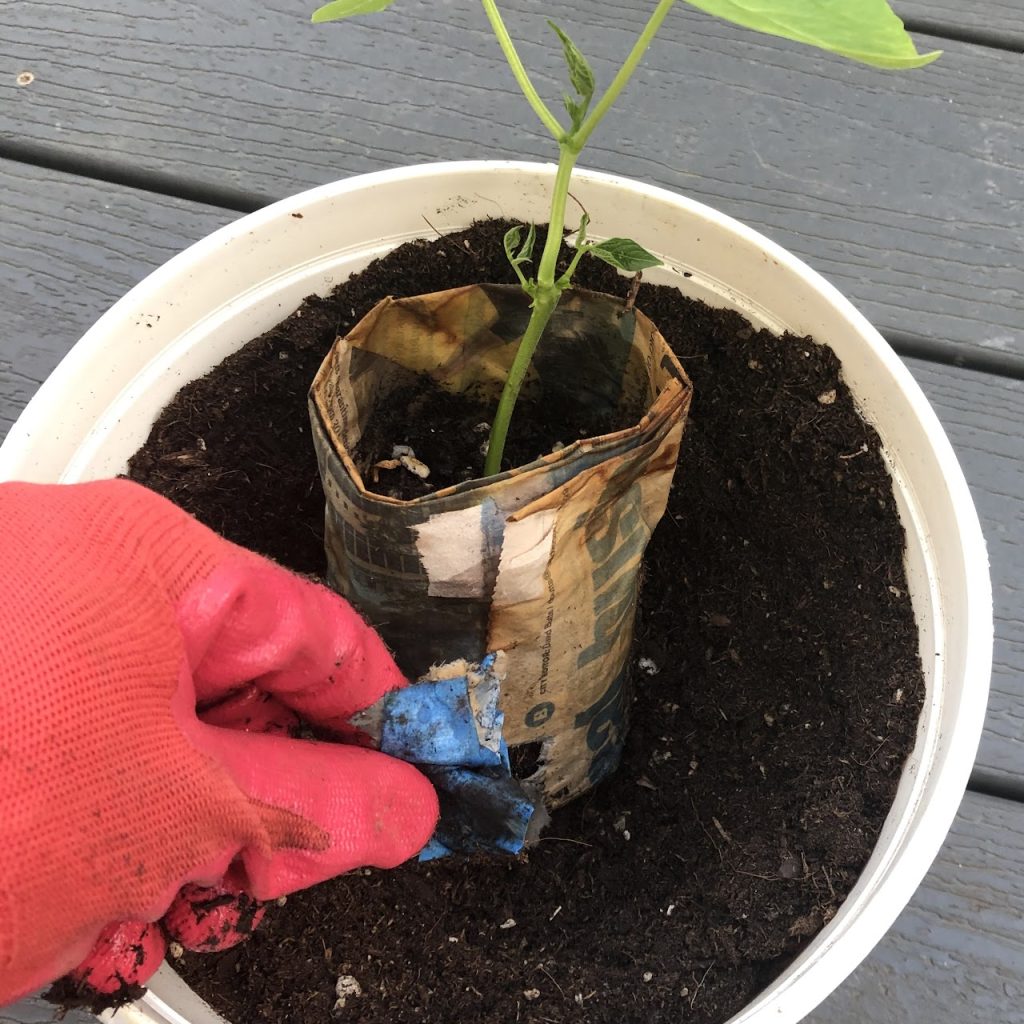
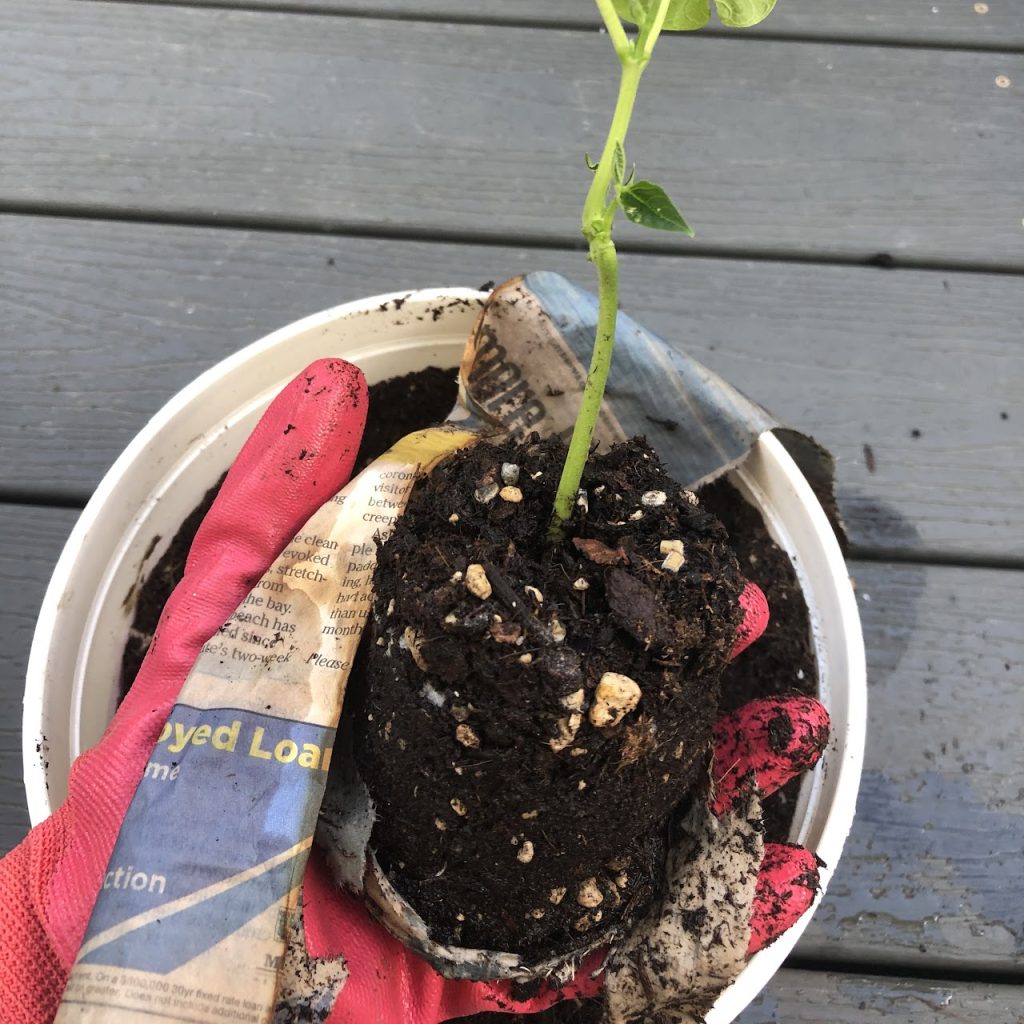
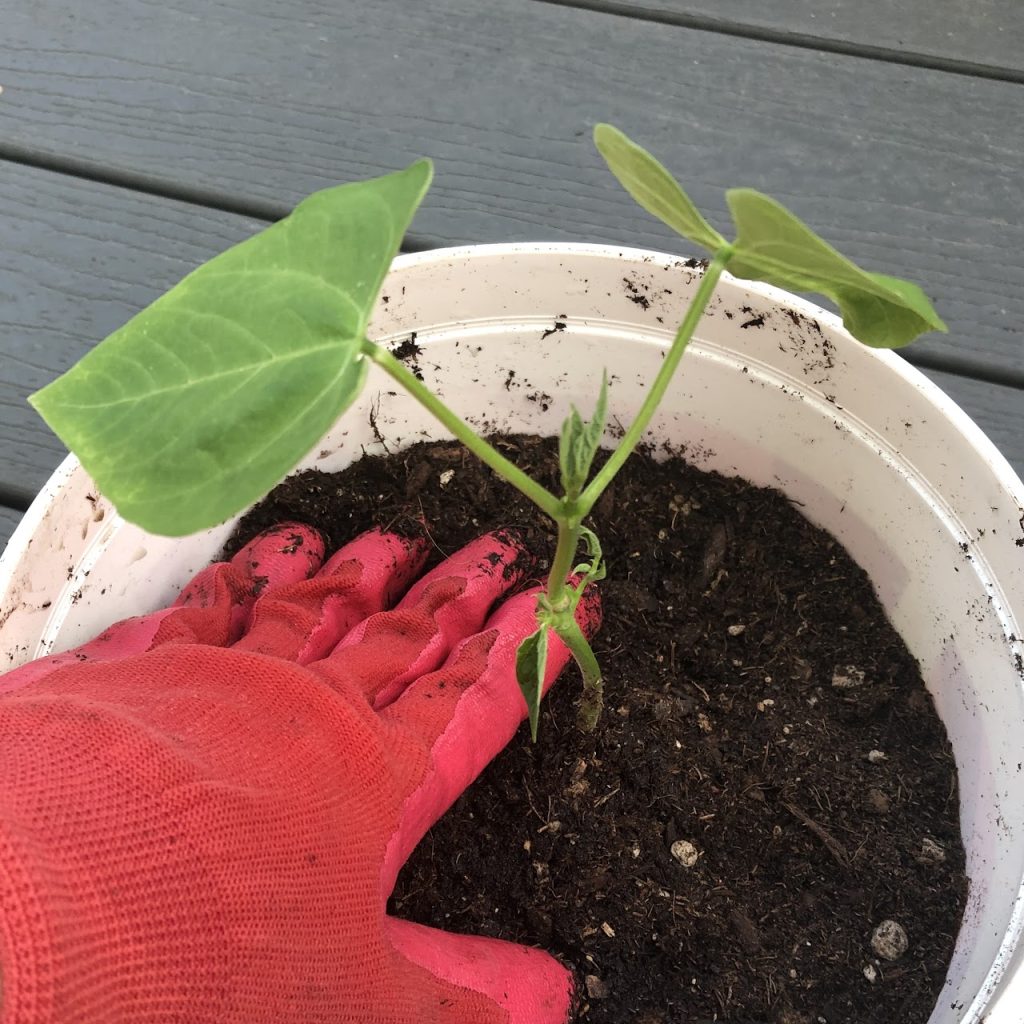
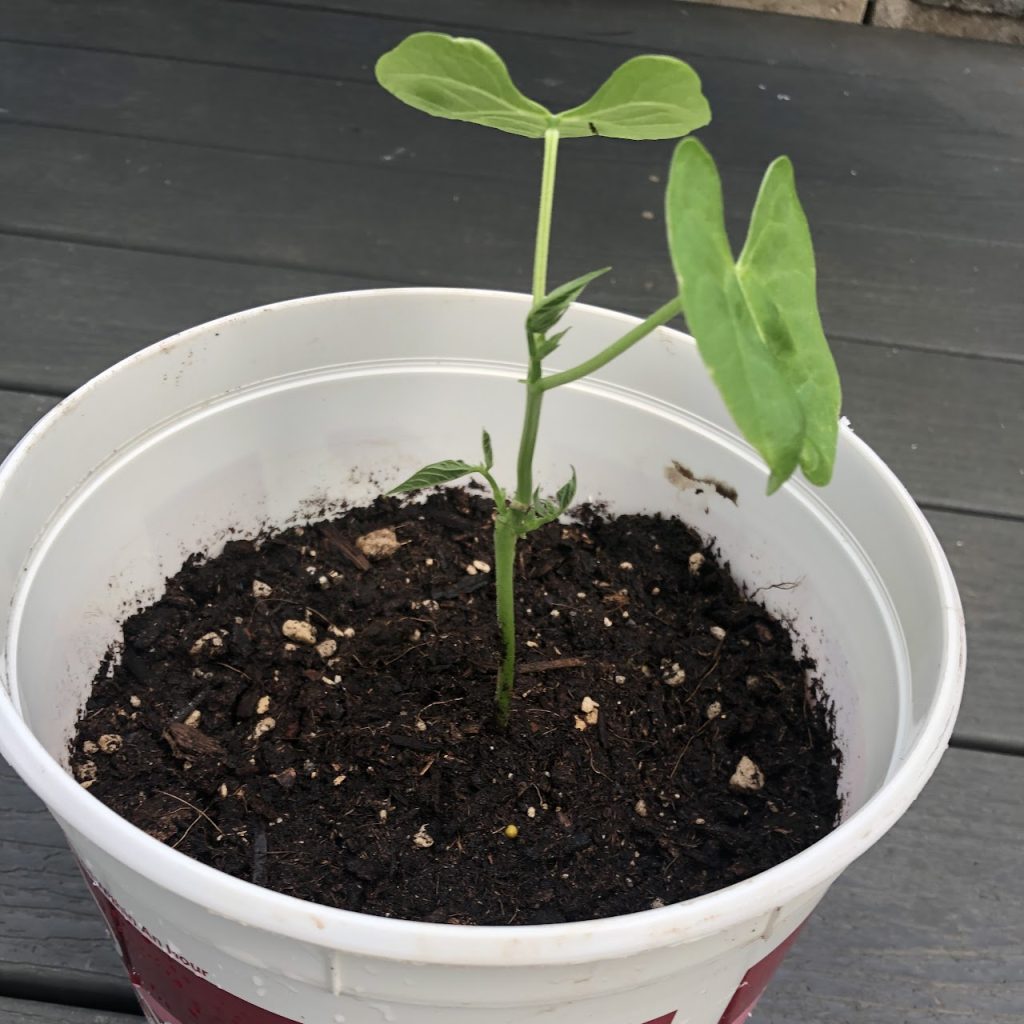

The UH Master Gardener program is an official volunteer program of the University of Hawaiʻi Cooperative Extension Service. UH Master Gardeners are dedicated to providing local, research-based information to help home gardeners in decisions that affect themselves, their neighbors, and our local and global environment. So much information about gardening in Hawaiʻi is located on both their Tropical Topics and FAQ web pages. Enjoy exploring the wealth of information that they have to share with you.
If local information is not available on your subject, UH Master Gardeners are trained to find research-based information and other reliable sources of information, so please contact them with your questions. They believe that every question is a good one. With so much beauty and diversity in Hawaiʻi, we have a BIG responsibility to have the right tools and correct information to protect our environment. UH Master Gardeners want to help your garden thrive!
Important information to include is the name of your plant and the symptoms that you are observing. UH Master Gardeners love pictures! If you are sending a picture through email, please include a close-up of the problem area, as well as a picture of the entire plant. This will help diagnose the problem with your plant or identify the insect.